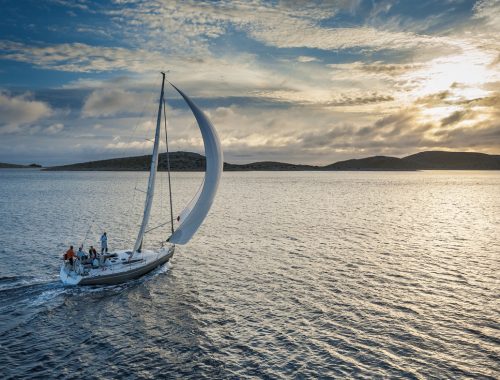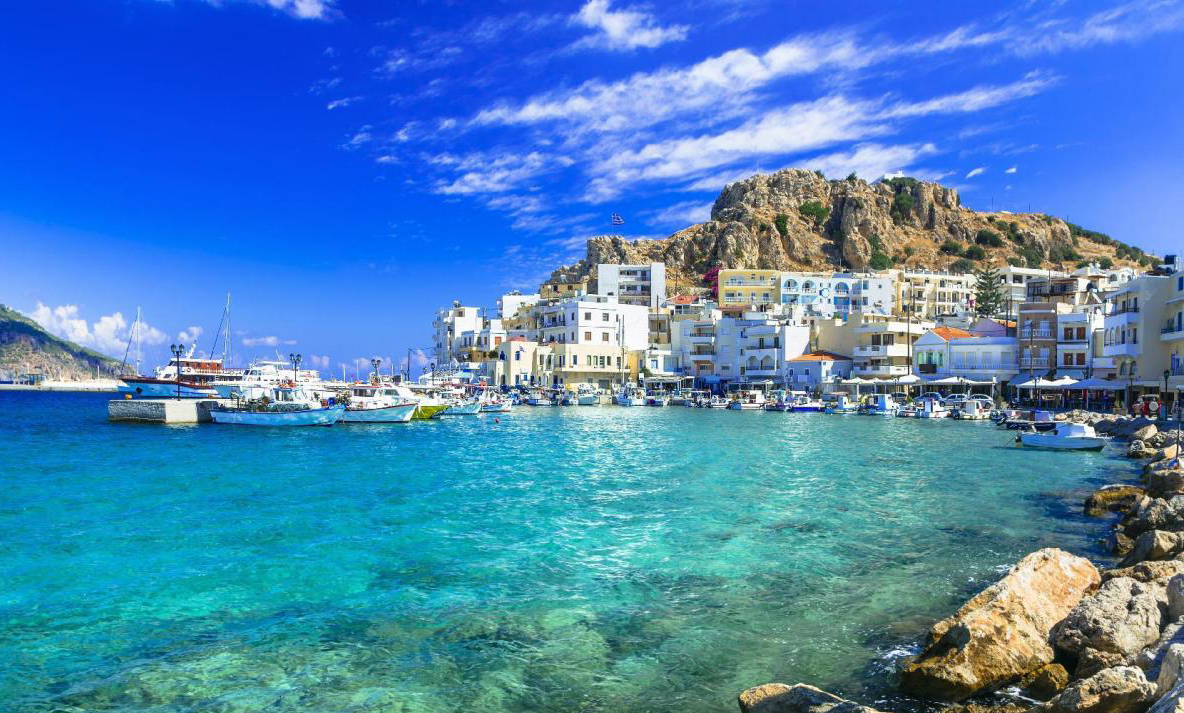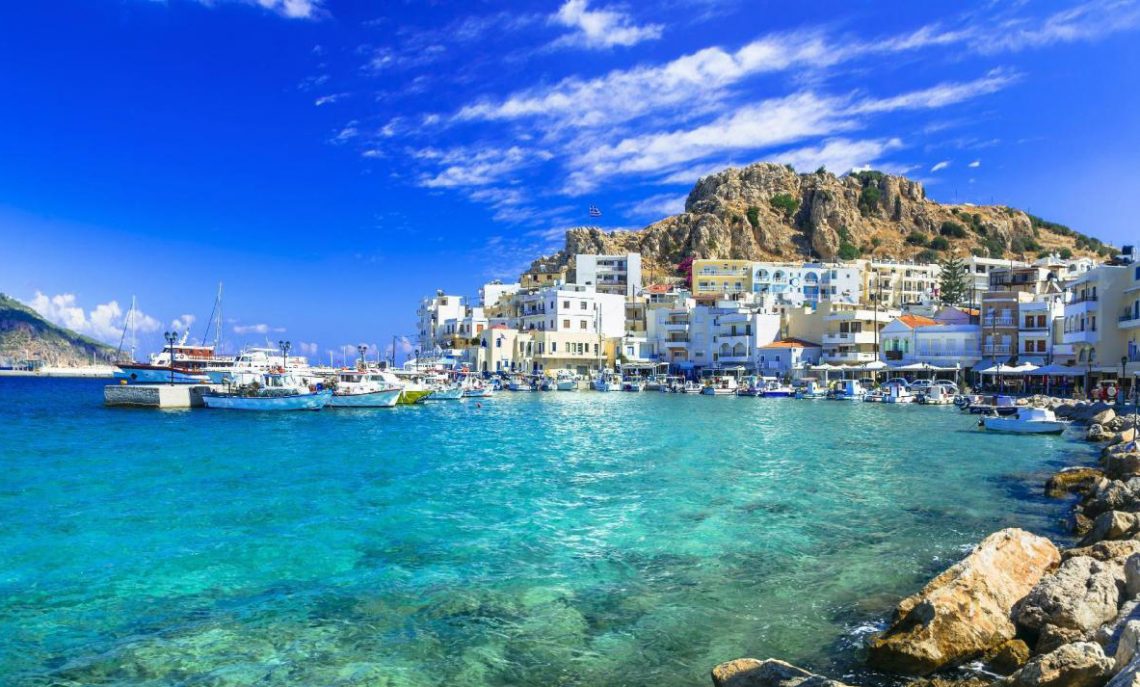
Karpathos – the island of Meltemi wind, old windmills and women
Karpathos is a clean and wild island in the Dodecanese, halfway between Rhodes and Crete; it has beautiful windy beaches, villages frozen in time, and very discreet tourism.
The Aegean Sea offers a vast number of islands to sailors who choose to navigate it. Some of the islands are quite popular, well-known among sailors, and well-explored, and thus provide a full service both along the coast and inland. Others are less well-known and more distant, which may explain why they have a strong identity that time cannot change. Karpathos is unquestionably one of the latter.
Karpathos (Carpathus in Latin and Scarpanto in Italian) is an island in the southern Aegean Sea, specifically in the Dodecanese group of islands between Crete and Rhodes. It is primarily a mountainous and rocky island, with the highest peak of Lastos standing at 1,215 metres, and its pristine beaches and pearly waters enchant visitors. Because the island is not overrun with tourists, it has managed to maintain its traditional authenticity and casualness, where everyone can find peace. Karpathos is a winning combination of rural hospitality, outdoor adventure, and relaxation.
Karpathos had already enchanted the ancient Greeks, who believed that the island was home to a plethora of mythological creatures. According to the myth, the mighty Titans were born when love ignited between Heaven (Uranus) and Earth (Geo). Iapetus, one of them, ruled over a small paradise on Karpathos and transformed it into an island of peace, stability, and prosperity.
The island’s history has been marked by wars and occupations. The Carpathians fought on Sparta’s side in the Peloponnesian Wars in 431 BC and lost their independence from the island of Rhodes in 400 BC. The island later fell under the rule of Rome and was ruled by the Arabs, Genoese Moresco pirates, Venetians, and Ottoman Empire in the following centuries. Throughout the centuries, the fate of Karpathos has been inextricably linked with that of the neighbouring and larger island of Rhodes. The island has developed many peculiarities as a result of this ongoing change in power, which are reflected in its clothing, customs, and speech. The Ottoman occupation of the island, along with the rest of the Dodecanese, ended with the Italian occupation of the island during the Italo-Turkish War of 1911-1912. Karpathos only became a part of Greece in 1948. Many Karpathos residents emigrated to America as a result of the turbulent past and difficult life. They now return to their home island and are the island’s largest investors.
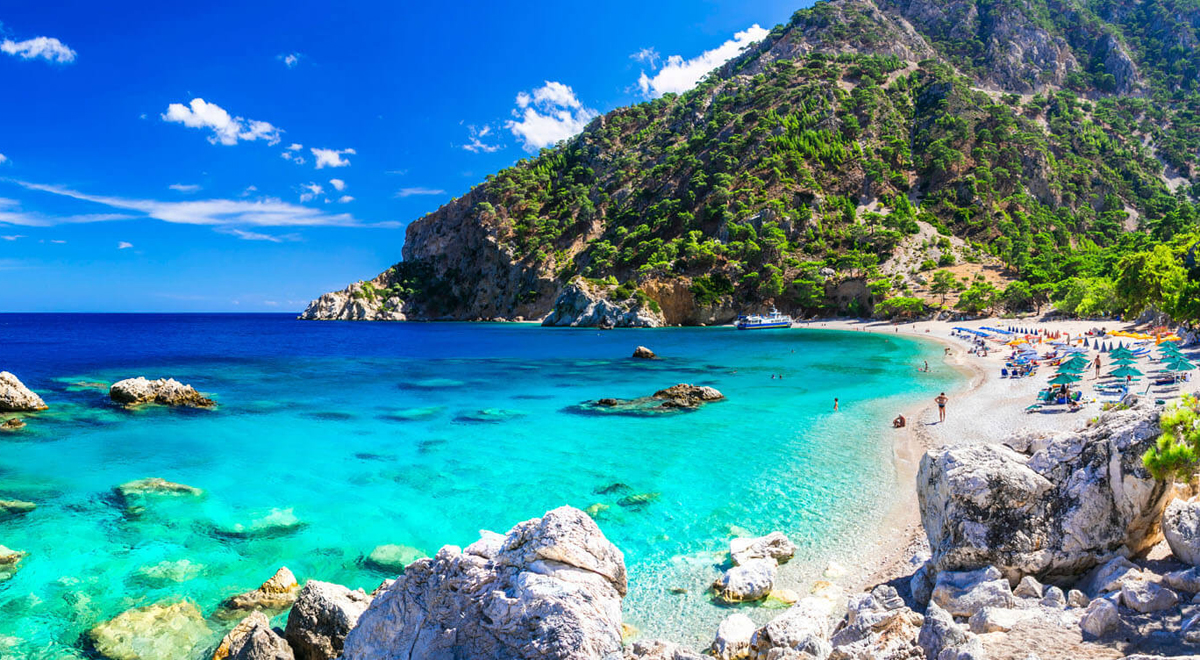
Meltemi blows strongly here and there are only few sheltered bays
Fans of water sports like kiteboarding and surfing have been congregating on the island’s beaches for years because the Meltemi wind blows there so strongly, especially in the summer. So, whoever sails there must be an expert and carefully study the weather forecasts.
The Bay of Pigadia, the island’s main port, can be an excellent stopover, especially since the wind drops dramatically here. The pier is well-protected and has water and electric poles; however, it is partially occupied by fishing boats and small local motorboats. Tristomo Bay, at the northern end of the island, is home to another rather unique shelter. It is a kind of closed lake with a difficult-to-spot narrow entrance; sailing into it while there is wind and rough seas is really only something for experienced skippers. Another option is to anchor off the northeast coast, where the seabed is lower and rockier. However, if you want to land on the sand, you must stay further away from the shore.
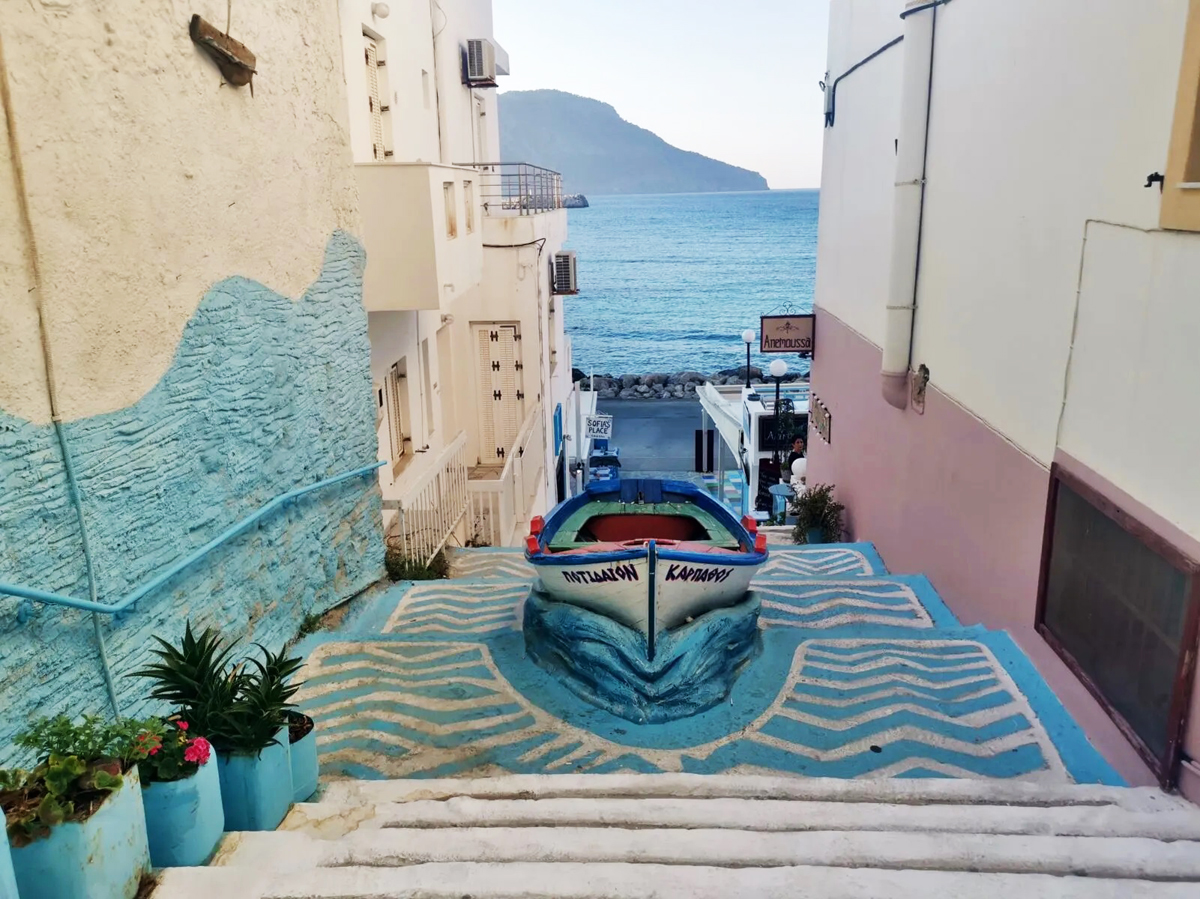
A walk around the town of Pigadia (Karpathos)
When you arrive on the southeastern side of the island, you will be greeted by the town of Pigadia, also known as the “Karpathos Town” because it is the island’s capital. It was inhabited by the Minoans and later by the Mycenaean Greeks before being abandoned in the Middle Ages due to constant raids by Saracen pirates. Due to the abundance of water, it was rebuilt in 1892 and given the name Pigadia (from the Greek “Ta Pigadia” or well). It is now a tourist destination, owing to the international airport, but it is never overcrowded. The Archaeological Museum is worth a visit because it houses coins, ceramics, and jewellery from ancient Greece. You should also see the Acropolis, which is located on the coastal promenade, the Church of Panormitis, and the ruins of the Basilica of Agia Fotini; you can also visit the open-air theatre, which hosts various events on occasion.
Discover the best boat rental offers from Docecanese
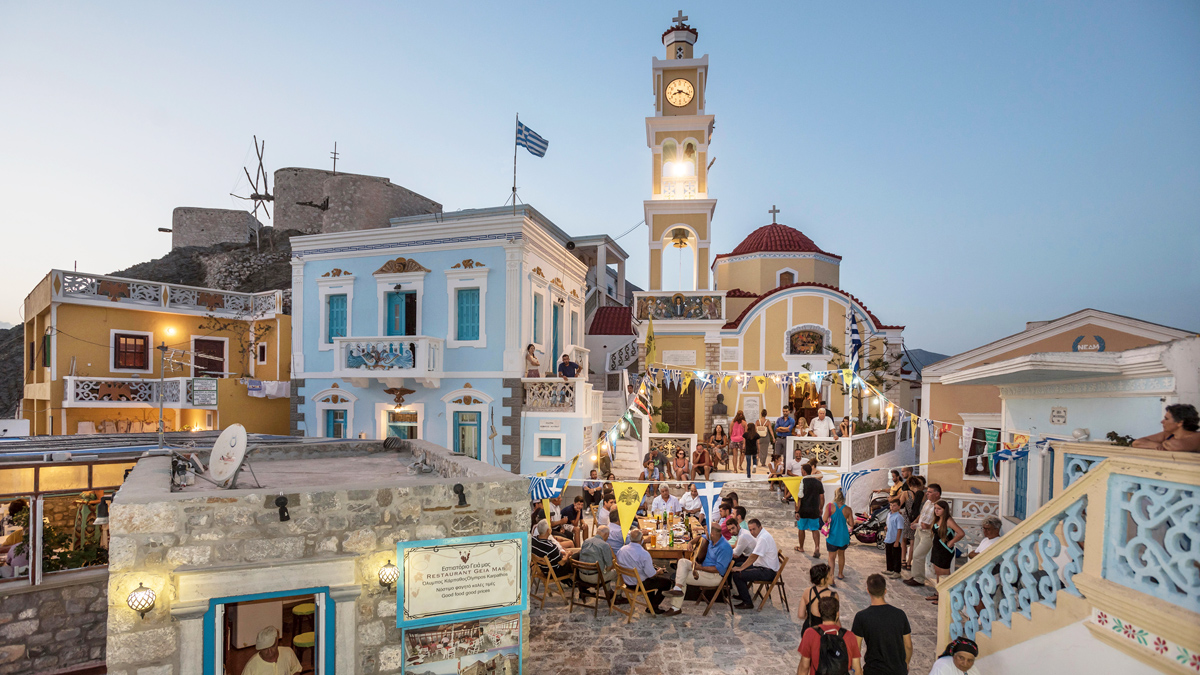
Olympos, an outpost of tradition
The village of Olympos, which is much more remote but also very intriguing, is built like an eagle’s nest on top of a mountain and has a unique feature: to avoid pirates’ eyes, the houses were built of natural stone so that the inhabitants could hide more easily. It is also known as the “Village of Women,” because women have always represented the majority compared to men. Because locals here always dress traditionally and are very welcoming to visitors, the village has a distinct personality and provides tourists with an interesting experience.
The view of the sea and the old windmills (which are still operational) will astound you. What’s more, every year between August 28 and 29, one of Greece’s most unique and amazing festivals takes place here: the Panigiri in honour of St. John the Baptist. On this occasion, traditional songs, musical improvisations, and distinctive dances are interspersed with religious and paganic rituals.
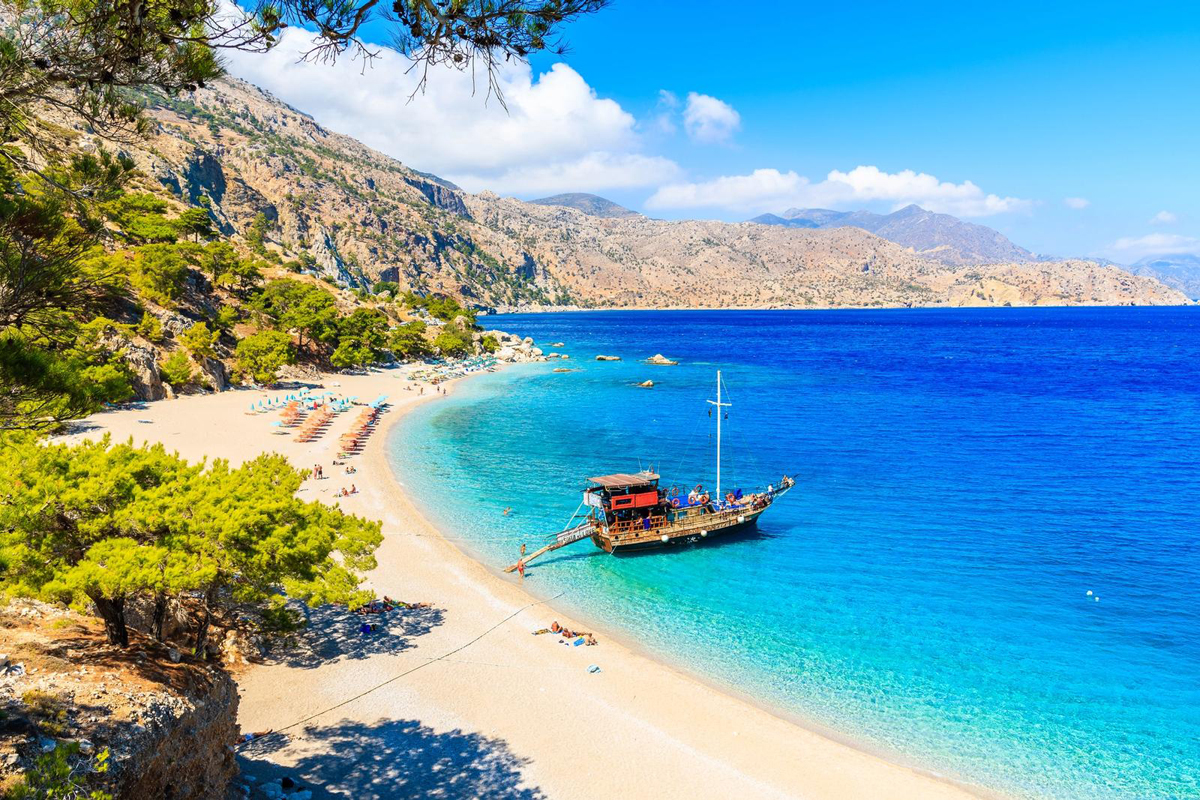
Stunning beaches and islands with a rich history
Among the many attractions of Karpathos are the numerous beaches and the crystal clear sea. Poliou Patami, also known as “the beach of the birds,” is one of the most intriguing. The beaches on the east coast, such as Amoopi, Apella, and Kato Lako (accessible only by foot), are more pebbly and offer more shelter, whereas those in the south are sandy (Damatria, Diakoftis). The beaches on the west coast are constantly buffeted by northerly winds.
The nearby small islands of Saria in the north and Kasos in the south are equally wild, which may be why they are appealing. Saria is mountainous and rough, inhabited only by a handful of shepherds, and it also contains the ruins of the ancient city of Nisiros. Kasos, on the other hand, is greener and has a small harbour with some mooring options.
Sailing on Karpathos is a once-in-a-lifetime opportunity to see the real Greece, relax, and discover an atmosphere that will immediately captivate you.
You May Also Like
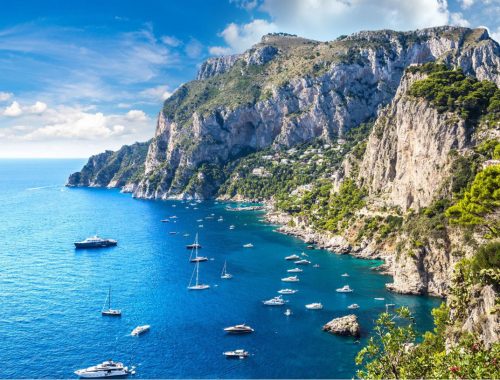
Amalfi Coast and Parthenopean Islands: a dream cruise
21/10/2021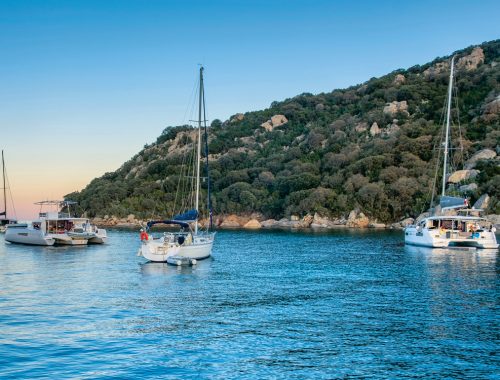
How to reduce the annoying roll during anchorages
22/12/2021